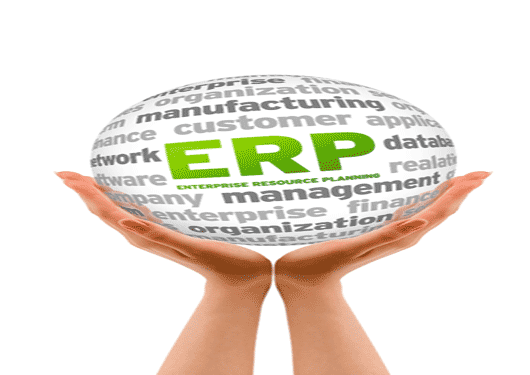
Visit Our Sponsors |
|
|
|
|
|
|
|
|
|
|
|
|
|
|
|
|
|
|
|
|
|
|
|
|
|
|
|
|
|
|
|
|
|
|
|
|
|
|

For example, a pharmaceutical company was convinced that it needed either to replace its current ERP system with a totally different software package or install the major upgrade that the current vendor was pushing. Why?
For on thing, dozens of spreadsheets and manual workarounds had sprung up in the plant to help with production scheduling and handling make-to-order items that were new to the business over the past few years.
For another, the executives weren't getting accurate margin data on which to base decisions.
In addition, sales forecasting, new pricing and rebate schemes, sales management reporting and period-end financial closing all required extensive manual intervention.
The assumption was that the company had outgrown its current ERP system, and that a $5m investment was required to implement an ERP package that would address the current issues. However, after a five-week deep-dive review of the sales, supply chain, finance processes and the company's use of its current ERP system, it became apparent that the current software was more than adequate.
The problem was that the company was not taking advantage of the existing functionality, configuration options and business-intelligence tools.
Keywords: ERP, supply chain management, supply chain IT, supply chain solutions, technology upgrades
RELATED CONTENT
RELATED VIDEOS
Timely, incisive articles delivered directly to your inbox.






